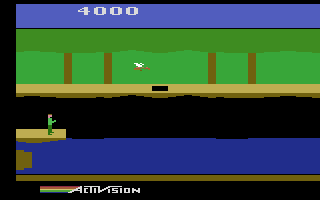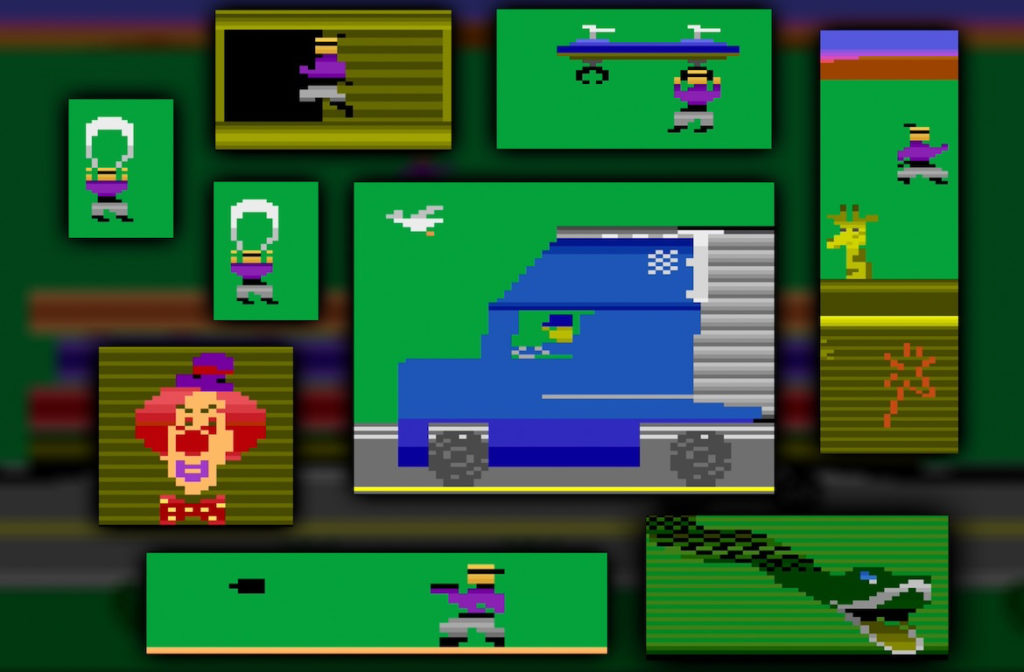It’s one of those genius ideas that, after its introduction, lay fallow for a long while, 15 years in fact, before bursting back on the scene again and becoming a megahit.

The original is Activision’s 1985 “game” Little Computer People, designed by Rich Gold and David Crane, and the return was Will Wright’s 2000 release of the original The Sims. The Sims has a bit more game elements than the original, and a lot more in terms of progression. Other than some minor moments of interactivity LCP was largely a passive thing, but the they share the same central idea: simulated people living inside your computer, living their own lives.
It’s something that game designers return from time to time. There was the satirical web game Progress Quest, where you “create” an RPG character who goes on adventures completely without player input. As a “zero player game,” there is absolutely nothing you can do there to help or hinder the simulated character; it may be the first game that can live entirely on your desktop’s system tray. The concept is also reminiscent of Yoot Saito’s Seaman on the Sega Dreamcast. More recently there’s the Garden screen in this year’s UFO 50, where a little pink person lives in a largely empty field and house, unless you can fill it with furniture, devices, animals and other items by completing various goals in its 50 games.

Retro365 looked into the history of Little Computer People, and tells us that Rich Gold’s original idea was for a completely passive experience, inspired by the fad at the time for pet rocks, and it was David Crane that added the idea that you could interact with the character living on your computer disk, using a simple text entry system and parser. The article contains the interesting fact that Will Wright was not only inspired by Little Computer People, but spoke with its creator during the creation of The Sims.

While LCP was nowhere near as popular as The Sims, which became one of those perpetual cash cows that seem to be all EA has cared about for many years now, its foundational nature means that all students of game design should take a look at it.
Little Computer People: When Digital Life Came To Life (Retro365)


